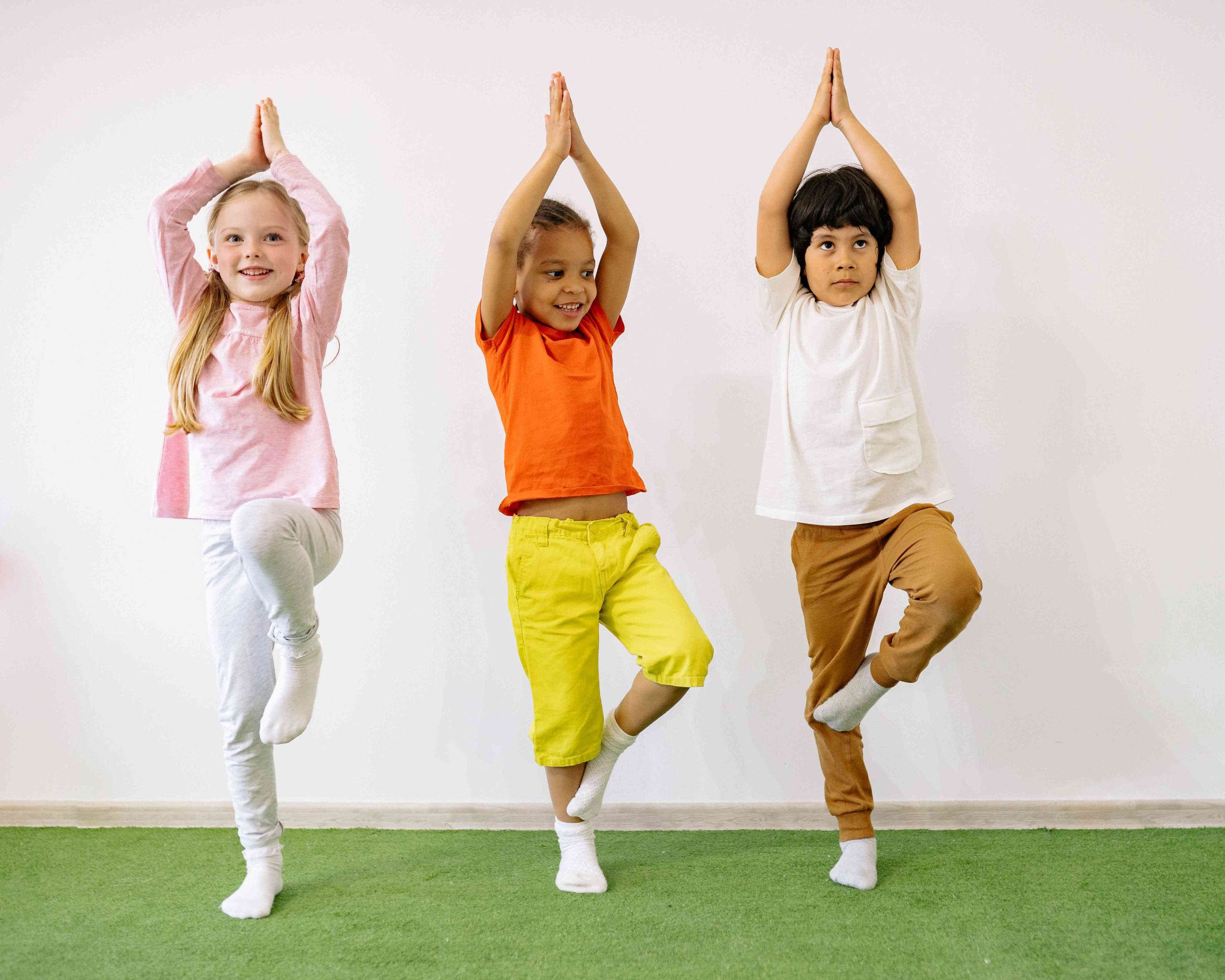
Developing Physical Flexibility in Preschoolers: Key Areas of Focus
As parents, caregivers, and educators, we all want to see our preschoolers develop into healthy and capable individuals. One important aspect of early childhood development is physical fitness, which is essential for a child’s overall health and wellbeing. In this article, we will focus on the area of physical flexibility and explore ways to promote it in preschoolers.
The Importance of Physical Flexibility for Preschoolers
Physical flexibility is the ability to move one’s body freely and with ease. This includes the ability to bend, stretch, twist, and rotate different parts of the body. In preschoolers, physical flexibility plays a crucial role in their overall physical development. Here are some key benefits of developing physical flexibility in preschoolers:
- Better posture and balance: When preschoolers have good flexibility, they are more likely to have good posture and balance. This helps them to move around with ease and reduces the risk of falls and injuries.
- Improved range of motion: Preschoolers with good flexibility have a greater range of motion in their joints and muscles. Consequently, they can move their bodies in different ways, making it easier for them to participate in physical activities and sports.
- Reduced muscle tension: Tight muscles can cause discomfort and pain, especially in the back, neck, and shoulders. However, preschoolers with good flexibility have less muscle tension and are less likely to experience these problems.
- Better coordination: Physical flexibility is closely linked to coordination. As a result, preschoolers who are flexible are more likely to have better coordination. This helps them to perform activities that require both physical and mental coordination, such as dance and gymnastics.
Activities to Promote Physical Flexibility in Preschoolers
Here are some activities that can help promote physical flexibility in preschoolers:
- Stretching: Encourage preschoolers to stretch their arms, legs, neck, and back before and after physical activities.
- Yoga: Introduce preschoolers to simple yoga poses like the butterfly pose, tree pose, and downward dog to promote flexibility and balance.
- Dance: Dancing to different types of music and rhythms can improve flexibility and coordination.
- Gymnastics: Enroll preschoolers in gymnastics classes to develop coordination, balance, and flexibility in a structured environment.
- Outdoor play: Activities like running, jumping, climbing, and crawling during outdoor play can enhance muscle flexibility and overall physical development.
Tips for Promoting Physical Flexibility in Preschoolers
Here are some tips for caregivers and educators:
- Make it fun: Engage preschoolers in enjoyable activities to keep them motivated.
- Be patient: Developing flexibility takes time and practice, so encourage preschoolers to keep trying.
- Set a good example: Incorporate flexibility activities into your own routine to inspire preschoolers.
- Stay safe: Ensure safety during physical activities with appropriate supervision and equipment.
- Gradually increase intensity: Start with simple movements and progress to more challenging activities over time.
Benefits of Physical Flexibility in Preschoolers
Promoting physical flexibility in preschoolers has numerous benefits:
- Improved posture and balance: Good flexibility leads to better posture and reduced risk of injuries.
- Increased range of motion: Preschoolers can move comfortably in different ways, aiding daily activities.
- Reduced stress: Physical activities promote relaxation and reduce stress in preschoolers.
- Enhanced motor skills: Flexibility enhances coordination and motor skills in preschoolers.
- Boosted confidence: Achieving physical flexibility boosts self-esteem and confidence.


